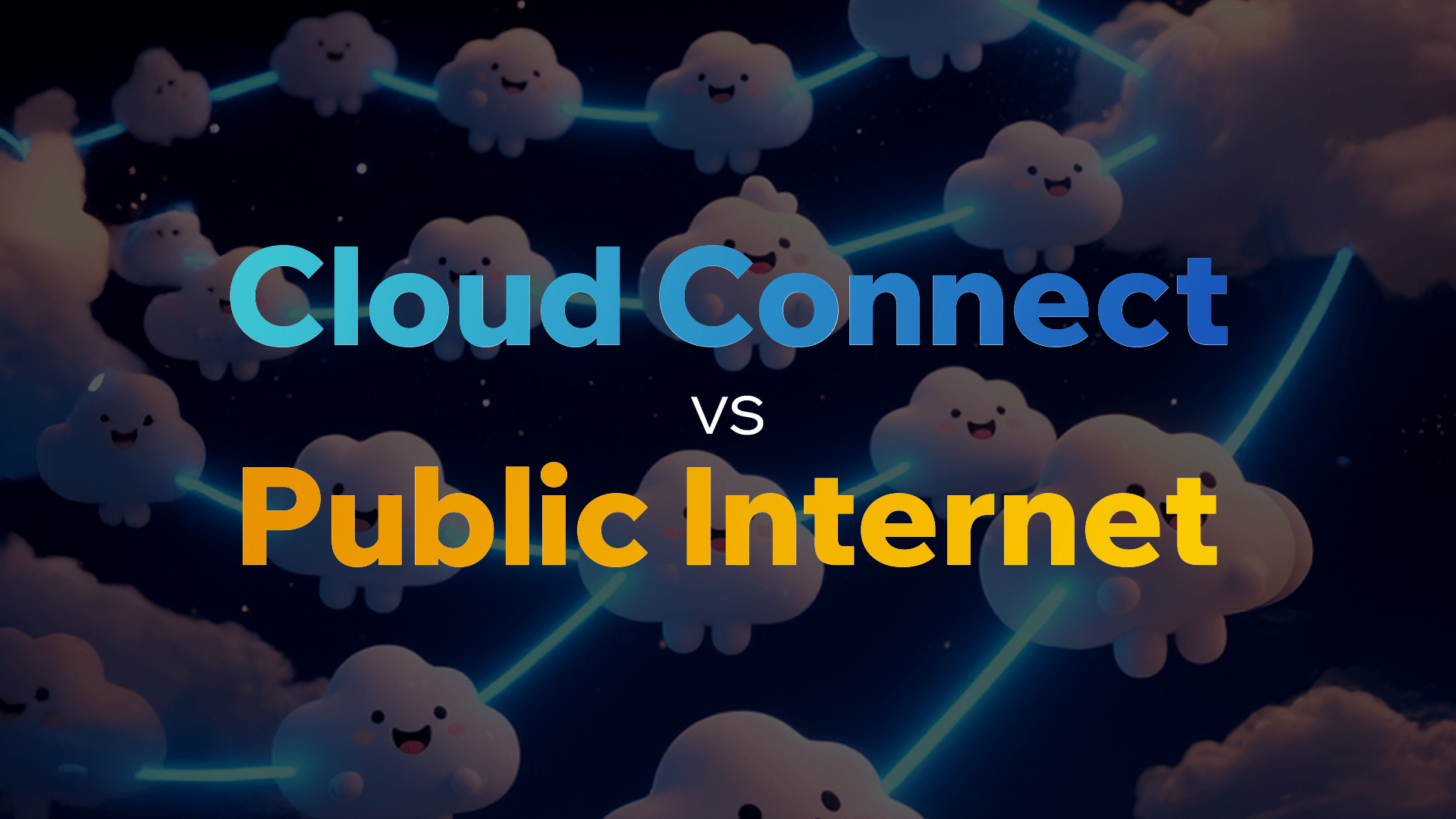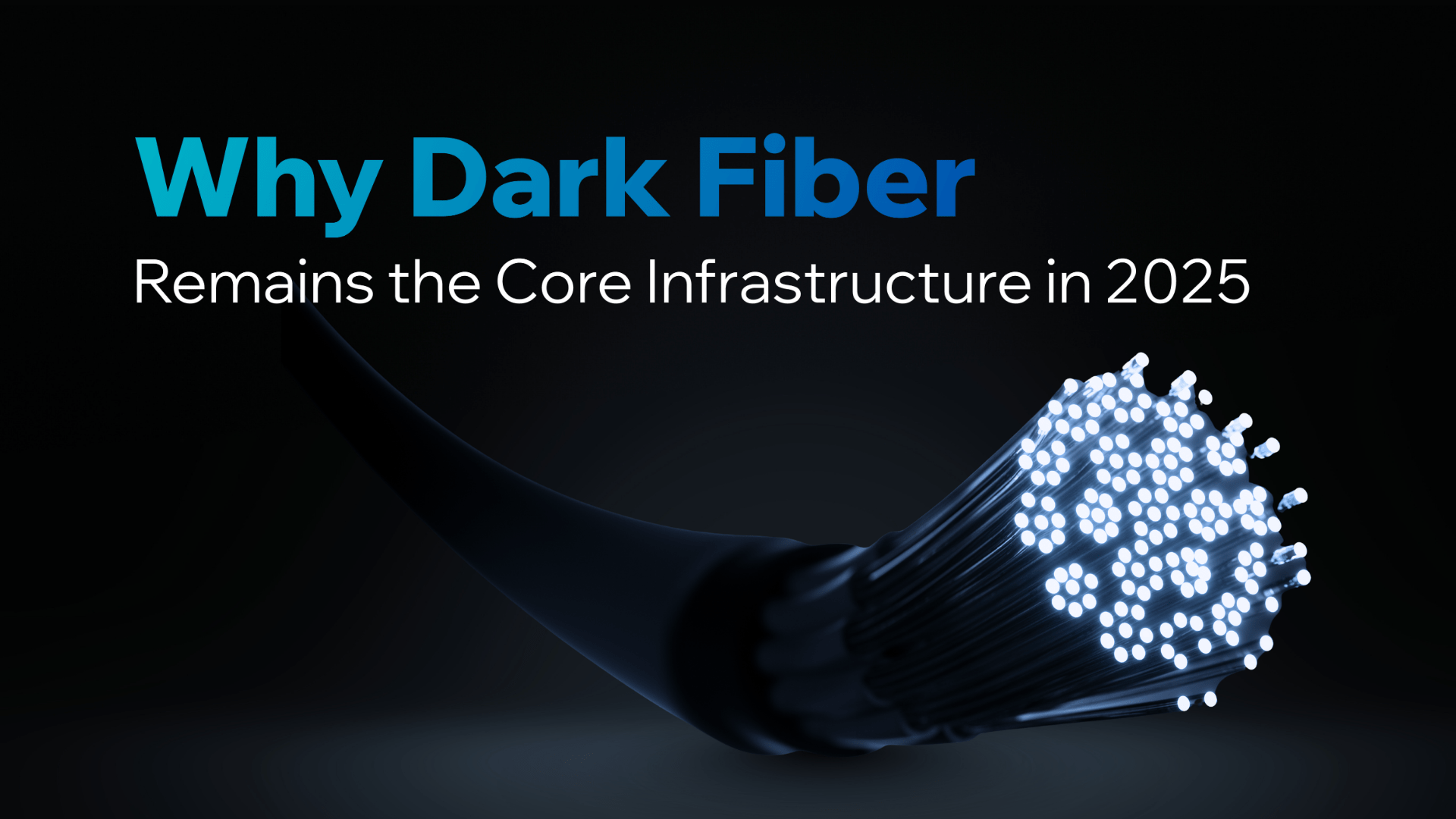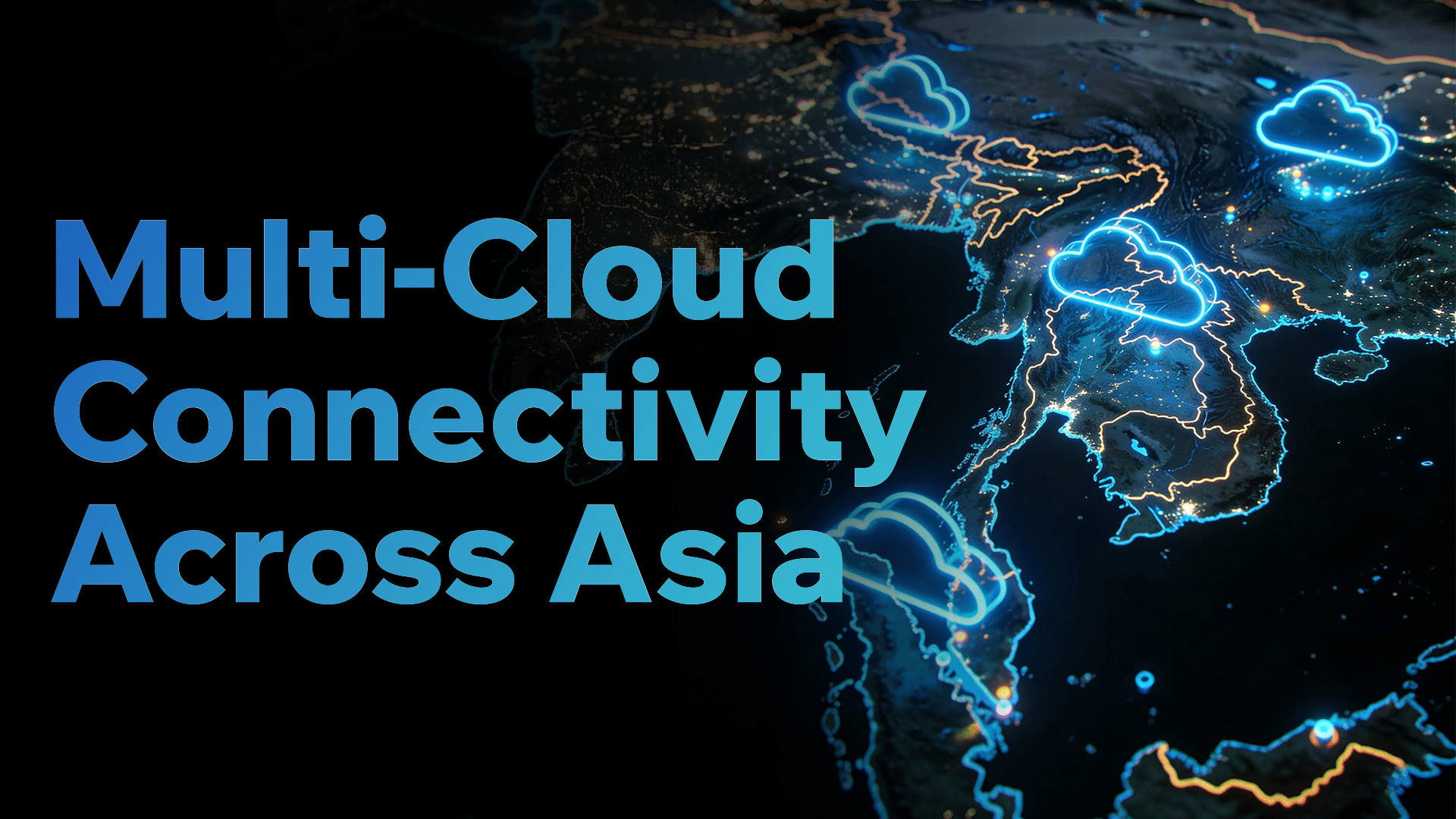
Cloud Connect VS Public Internet?
As enterprises accelerate their move to cloud computing, one critical question continues to surface: Should cloud traffic run over the public internet, or through a dedicated Cloud Connect service? While the public internet offers simplicity and low entry cost, it often fails to meet the performance, security, and reliability demands of modern enterprise workloads. This is why more organizations are shifting toward Cloud Connect—a private, direct connectivity model designed specifically for enterprise cloud access. What Is Cloud Connect? Cloud Connect is a private, dedicated network connection that links an enterprise directly to cloud service providers such as AWS, Google Cloud, Microsoft Azure, and other cloud platforms—without traversing the public internet. Services like Cloud Connect by DCConnect Global enable enterprises to establish secure, low-latency, and predictable connections to cloud environments through carrier-neutral data centers and interconnection platforms. What Is Public Internet Connectivity? Public internet connectivity relies on shared IP transit paths that route traffic through multiple third-party networks. While widely available and easy to deploy, it was not designed for high-performance or mission-critical cloud workloads. As cloud usage scales, public internet limitations become increasingly visible. Cloud Connect vs Public Internet: Key Differences 1. Performance and Latency Public internet traffic is exposed to: Cloud Connect provides: For real-time applications, databases, and cloud-native workloads, Cloud Connect delivers significantly better performance. 2. Security and Data Protection Using the public internet increases exposure to: Cloud Connect improves security by: This makes Cloud Connect ideal for industries such as finance, healthcare, e-commerce, and enterprises handling sensitive data. 3. Reliability and SLA Public internet connections typically offer best-effort delivery with limited SLA guarantees. Cloud Connect services: For mission-critical systems, reliability is not optional—it’s essential. 4. Cost Efficiency at Scale While public internet access may appear cheaper initially, costs increase as: Cloud Connect enables: 5. Hybrid and Multi-Cloud Enablement Enterprises today operate across: Cloud Connect simplifies hybrid and multi-cloud architectures by: Cloud Connect vs Public Internet: Comparison Table Aspect Cloud Connect Public Internet Connectivity Type Private & Dedicated Shared Latency Low & predictable Variable Security High Moderate Reliability SLA-backed Best effort Scalability Enterprise-grade Limited Best For Mission-critical workloads Basic access Why Enterprises Are Choosing Cloud Connect Enterprises are increasingly adopting Cloud Connect because it: Solutions like DCConnect Global’s Cloud Connect act as a strategic bridge between enterprise infrastructure and cloud ecosystems—enabling seamless, secure, and scalable cloud access. Conclusion The public internet may still serve basic connectivity needs, but it is no longer sufficient for enterprise-grade cloud operations. As performance expectations rise and security risks increase, Cloud Connect has become the preferred choice for enterprises building reliable, scalable, and future-ready cloud architectures. Choosing Cloud Connect is not just a technical upgrade—it’s a business decision that directly impacts performance, security, and growth.









